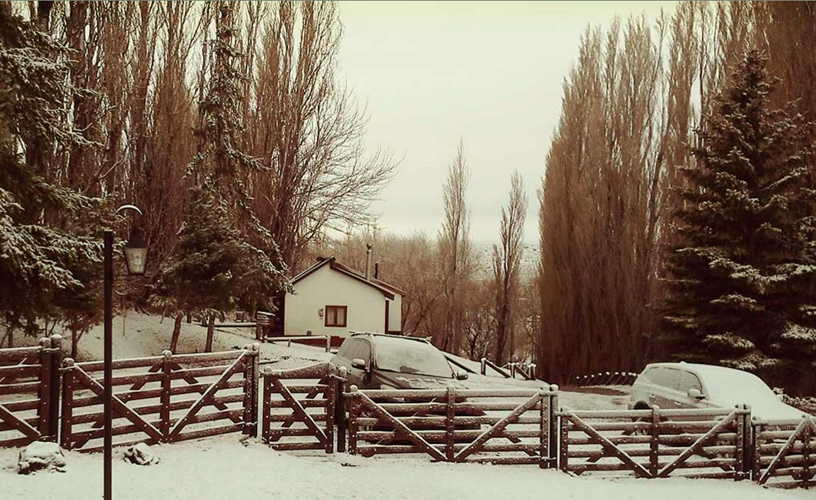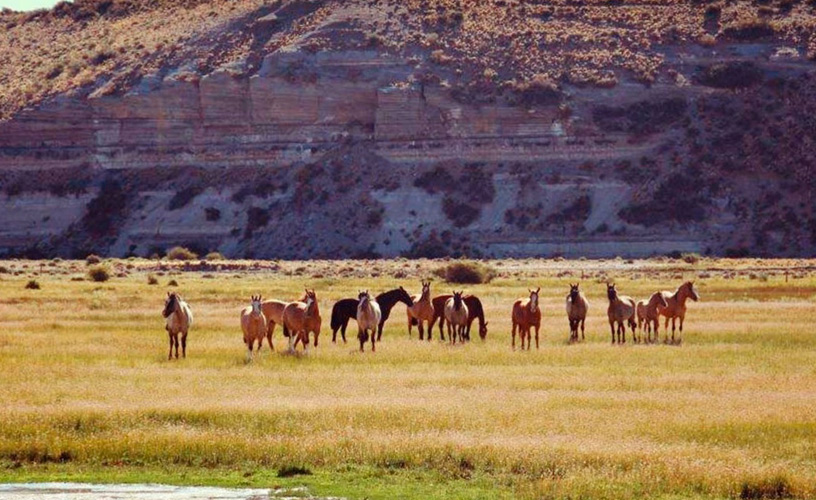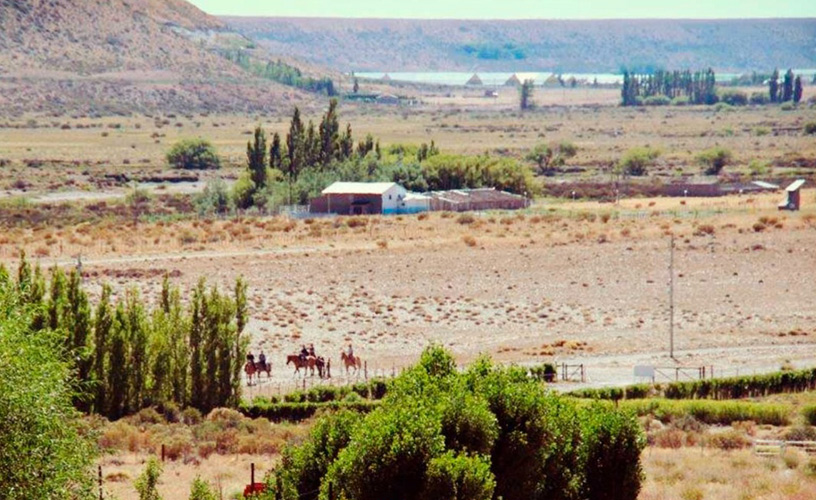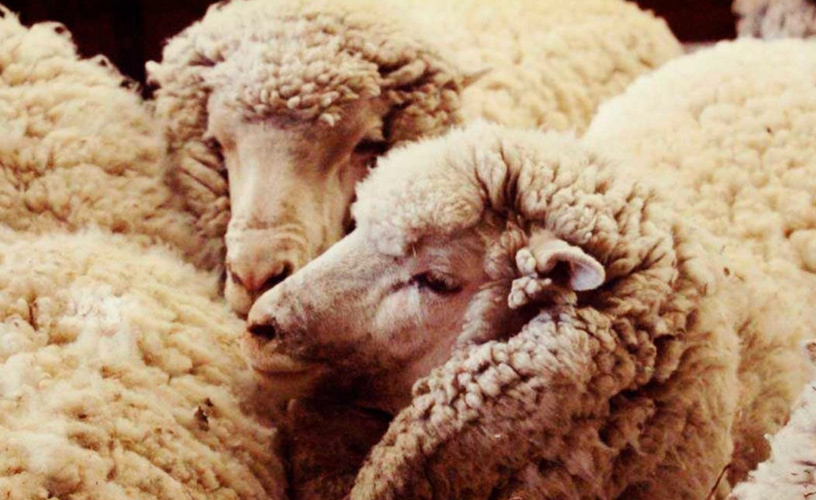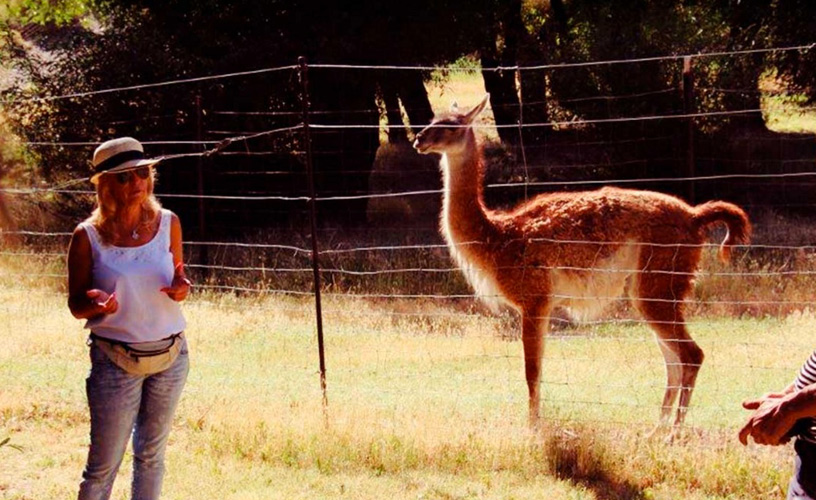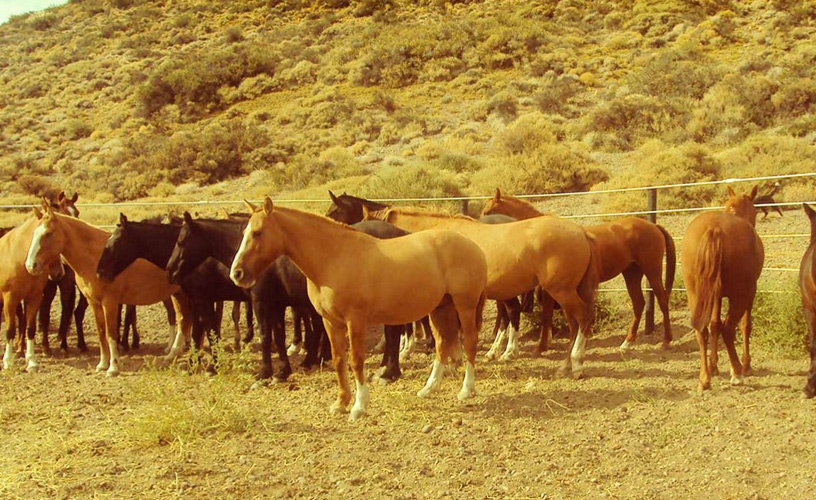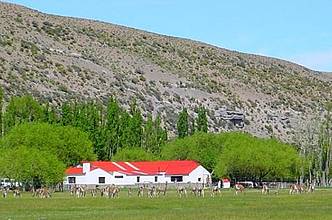We reached the gate of Estancia Don José and drove down a poplar lined boulevard leading to the main house, where we would enjoy a peaceful, sunny afternoon. We had imagined the perfect blend of an estancia and a guest house in a beautiful Patagonian setting.
Our hostess, Norma Mazquiarán, was expecting us. After living there for many years, in 2004 she decided to open her home to visitors. She had studied rural tourism and that is why the estancia has become so well-known and the number of guests increases every year.
‘I tend the guest house and the country kitchen myself’, she told us and added, ‘my brothers Juan José and Nelson are in charge of the family business -sheep breeding- which has rewarded us with so many national prizes.’
After tea, Norma invited us to walk to a scenic point. We set off, leaving the main house at the foot of a hill behind us. The view of the estancia from above was breathtaking, the sheds, the corrals for the animals and the vast extension of land stretched far out before our eyes.
An afternoon at Estancia Don José
A Tehuelche Symbol
During our conversation we learned that the Tehuelche people related the white underbelly of the guanacos, which they called ‘guenguel’, to the rocks on the surrounding ridge. Archeologists also found a cemetery and an overhang with cave paintings over 1000 years old.
In 1926, as the settlement gradually grew, the first school in Río Mayo was opened at the estancia where some of the original wooden desks are still kept.
We then headed to the corrals and saw the ranch hands carrying bales of alfalfa to feed the guanacos. The ‘chulengos’, as baby guanacos are called, walked right up to them to get their ration providing a great opportunity to photograph them. They are tame and used to visitors who can even shear them and also take part in daily chores.
Since 1998, the Mazquiarán brothers have been working on the Guenguel project, based on the production of fine fibers, Australian merino and guanaco wool with which exclusive clothing is manufactured. It can be admired and bought there, in El Calafate and at some shops in Buenos Aires.
You will feel at home whether you stay at the main house or at a cabin: the walks, mates and delicious Patagonian lamb barbecues are the perfect complement.
We promised to return to learn more about the culture of the Tehuelches, enjoy a horse ride or a trek and try our hands at more rural work. Or simply relax and listen to the silence.
Mónica Pons
Gentileza Turismoguenguel.com.ar
Contact of the excursion or tour
Don José
a 3 Km. de Río Mayo, Río Mayo, Chubut, Agentina
Phone: +54 2903-420015
Cell phone: +54 297-6249155
